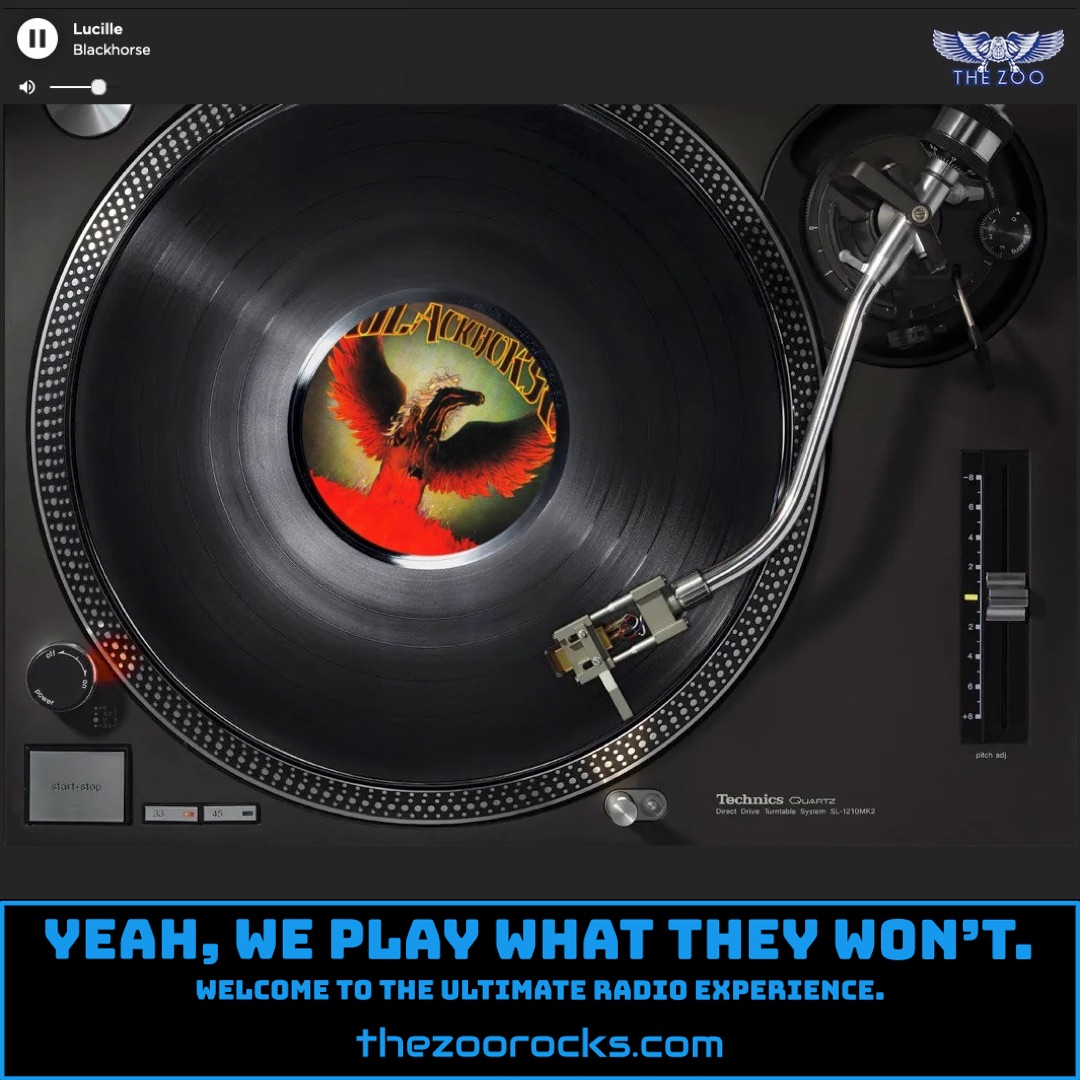Venus
Shocking Blue
The Zoo Crew is spinning the iconic "Venus" by Shocking Blue, a track that blasted onto the charts in 1969 from their single release. This Dutch rock anthem, written by guitarist Robbie van Leeuwen, became a global sensation, hitting number one in nine countries, including the U.S. Billboard Hot 100. One quirky tidbit from its creation is the lyrical flub in the line "A goddess on a mountain top," mistakenly written as "godness" in the sheet music. Lead singer Mariska Veres, not fully fluent in English at the time, sang it as written, creating a charming quirk that fans still adore. The song’s infectious guitar riff, often compared to The Who’s "Pinball Wizard," was inspired by Tim Rose’s "The Banjo Song," itself a reworking of the 19th-century classic "Oh! Susanna." Fans on X have recently celebrated its legacy, with posts like one from @60sPsychJukebox noting its February 1970 U.S. chart-topping success, cementing its place in the Nederbeat movement.
Another layer of "Venus" trivia comes from its cultural impact. The song’s been covered dozens of times, most famously by Bananarama in 1986, whose dance-pop version also hit number one in six countries. However, some fans, like Karen T. on Songfacts, argue Shocking Blue’s original, with Veres’ sultry, powerful vocals, remains unmatched, dismissing Bananarama’s take as “just another pop song.” Karen also shared a personal memory of seeing Shocking Blue perform live in Belgium, describing Veres as a “seriously sexy-hot” performer whose stage presence was magnetic. The song’s hook—“She’s got it! Yeah, baby, she’s got it!”—was praised by Stereogum for its raw energy, with Veres’ yelp sticking in listeners’ heads. Fun fact: Beavis and Butthead once hilariously tried rewriting the lyrics on their MTV show but got stumped rhyming “Venus.”
Shocking Blue’s journey began in 1967 in The Hague, Netherlands, when Robbie van Leeuwen, formerly of The Motions, formed the band amid the vibrant Nederbeat scene. The original lineup included Fred de Wilde on vocals, Klaasje van der Wal on bass, and Cor van der Beek on drums. Their early singles, like “Love is in the Air,” gained modest traction, but the game-changer came in 1968 when Mariska Veres, a 21-year-old with a husky voice and striking stage presence, replaced de Wilde. Discovered by manager Cees van Leeuwen at a jazz festival, Veres had already cut a solo single in 1965 and fronted the Bumble Bees. Her addition, paired with van Leeuwen’s songwriting, propelled Shocking Blue to international fame with “Venus” and hits like “Send Me a Postcard” and “Mighty Joe.” The band’s psychedelic rock sound, blending pop and progressive elements, resonated with the counterculture of the late 1960s.
Though Shocking Blue disbanded in 1974, their legacy endures through fan communities and archival releases. Unfortunately, no official website exists for the band, as they predate the digital era and haven’t maintained an active online presence. Similarly, there are no verified Facebook or Instagram accounts for Shocking Blue, given the band’s dissolution and the passing of key members like Veres in 2006. On X, fans keep the spirit alive, with accounts like @Ancient_Geo sharing throwback posts about “Venus” as an “Oldies But Goodies” gem. Dedicated fan sites include alexgitlin.com, which chronicles the band’s discography and history, and Under Appreciated Rock Artists and Bands, a fan-driven tribute to their overlooked catalog. On Facebook, groups like Shocking Blue Fan Group connect Zoo Freaks and other devotees, sharing rare photos, vinyl finds, and memories of the band’s electrifying era.

